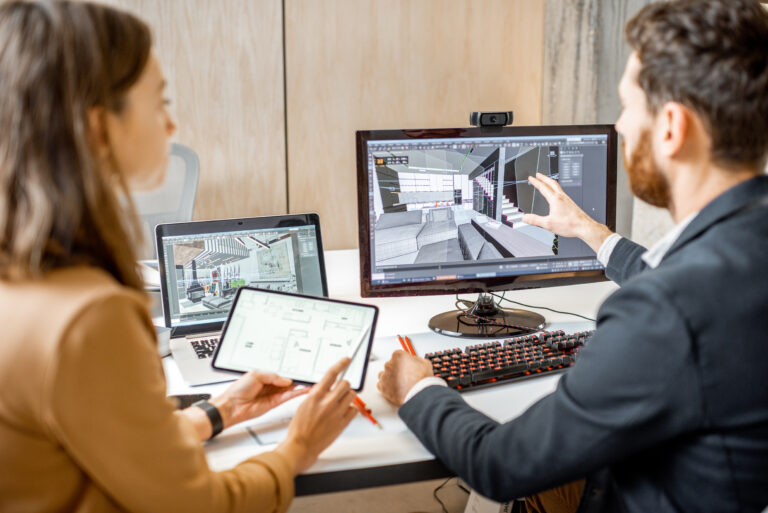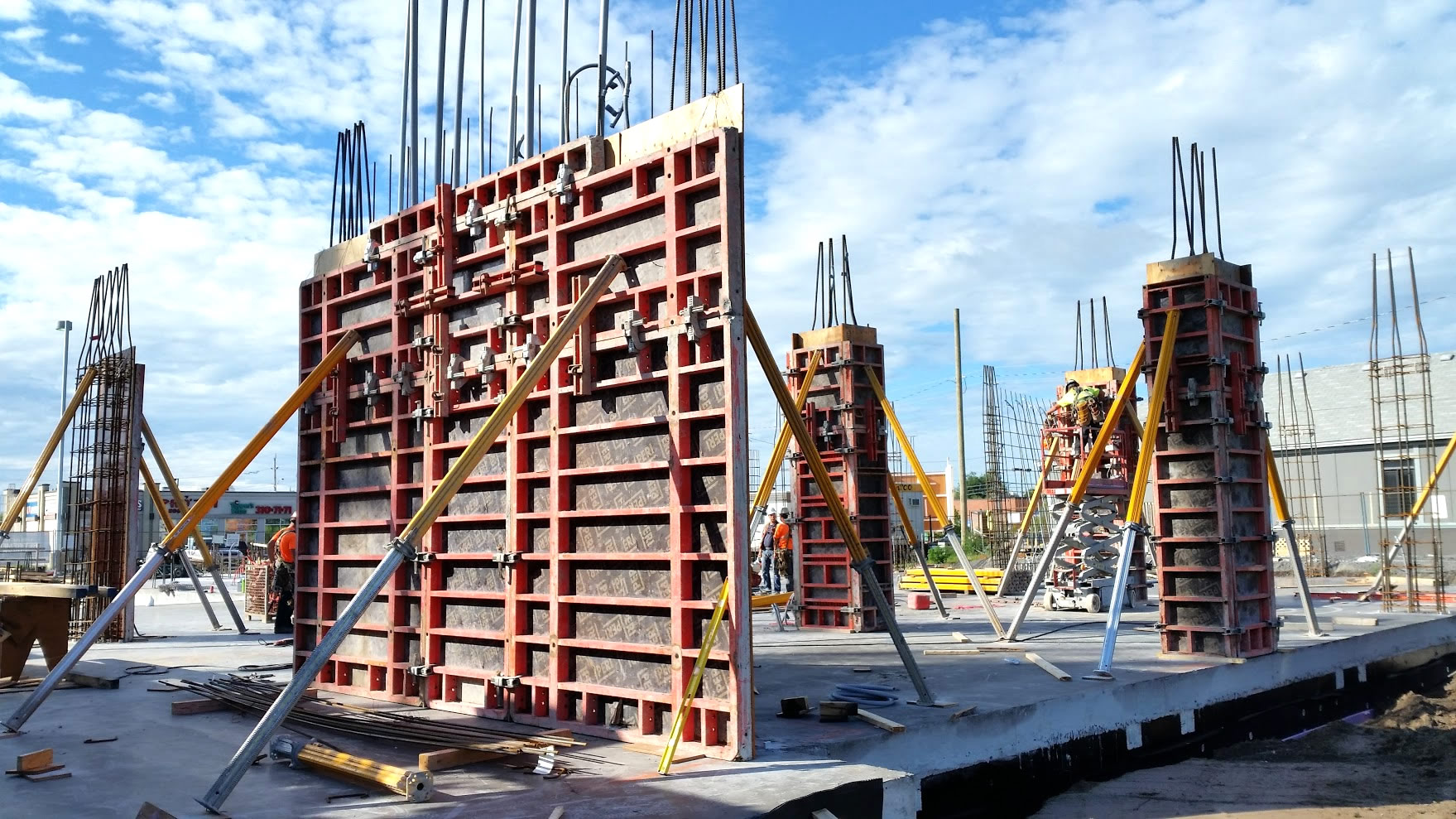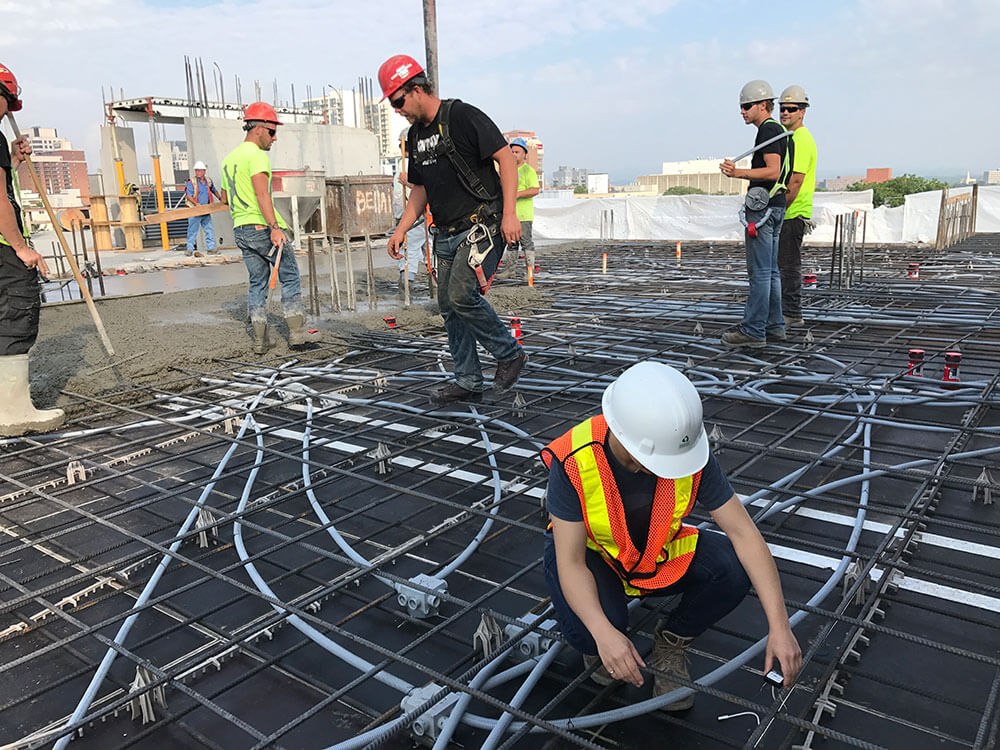In today’s high-stakes construction environment, reactive decisions cost more than money. They cost time, credibility, and client trust. As the industry faces tighter deadlines, stricter regulations, and growing demands for sustainability, there’s an urgent need to build smarter and faster. Concrete technologies such as Digital Twins and Predictive Maintenance are revolutionizing the way infrastructure is designed and built.
SmartRock® Long Range Savings for Big Projects
Together, these tools are revolutionizing how we design, monitor, and manage concrete infrastructure and equipment. By embedding intelligence into the very fabric of a project, they enable proactive interventions, real-time insights, and long-term value creation. This approach not only reduces downtime and maintenance costs but also delivers a strategic advantage in an increasingly competitive construction landscape.
What Are Digital Twins?
A Digital Twin is a dynamic, real-time digital replica of a physical asset, system, or process. Think of it as the bridge between the physical and digital world, where a concrete column or curing slab becomes an interactive model continuously updated with sensor data.
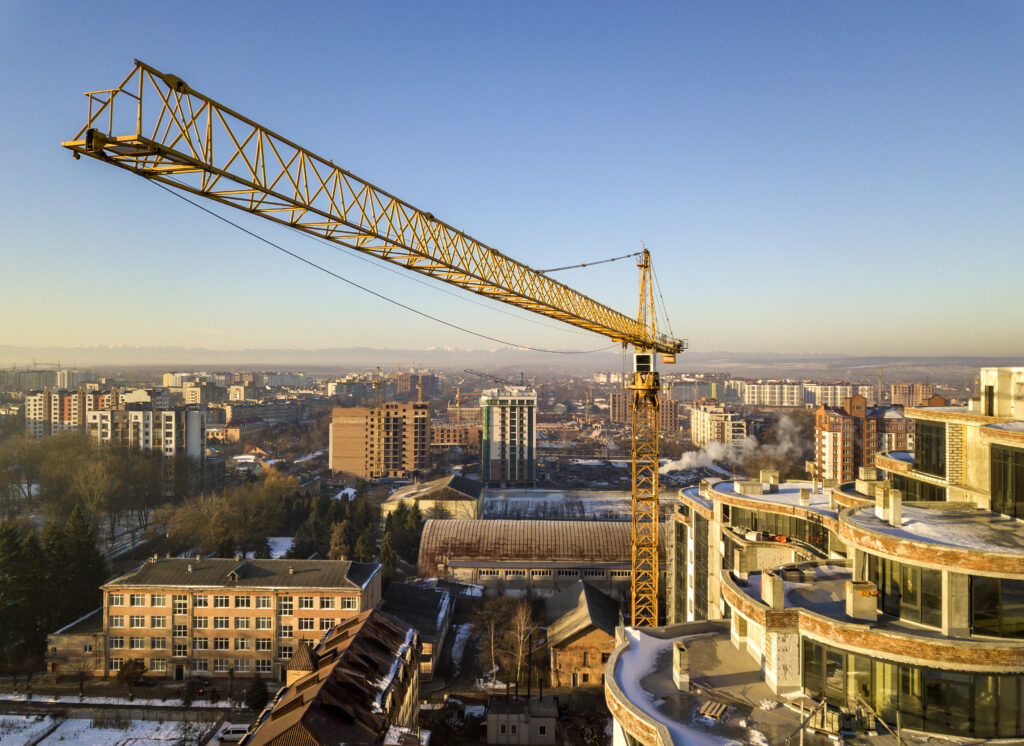
What sets digital twins apart from static models is their live connection to the asset’s performance. With real-time data flowing in from embedded IoT sensors, these virtual replicas can simulate behavior, predict outcomes, and support decision-making across the lifecycle, from planning to operation.
Key Capabilities:
- Design Optimization: Test and refine load-bearing capacity, thermal response, and durability before construction.
- Performance Monitoring: Use data from in-situ, wireless concrete monitoring sensors like SmartRock® to track temperature, maturity, and strength gain in real time.
- Scenario Simulation: Evaluate “what-if” scenarios to improve scheduling, logistics, or even emergency response.
Hypothetical Example
A contractor embeds SmartRock sensors in a bridge deck and streams real-time data to a digital twin model. Engineers monitor curing progress remotely, simulate potential thermal gradients, and explore adjustments based on predictive insights. This enables more informed decisions—such as optimizing insulation or adjusting pour timing—which can reduce cracking, speed up formwork removal, and improve long-term structural durability.
Predictive Maintenance in Modern Concrete Technologies
Traditional maintenance waits for things to break. Predictive Maintenance asks, “When will it break?” and takes action before it does.

By applying machine learning and advanced analytics to sensor data, predictive maintenance systems identify wear patterns, performance dips, and environmental stressors that lead to failures. This isn’t just helpful for heavy equipment; it has major implications for concrete infrastructure as well.
How It Works:
- Data Collection: Sensors track vibration, temperature, humidity, internal stress, and strength in real time.
- Data Processing: Historical and current data feed into AI models that learn from past failures.
- Risk Prediction: The system flags potential points of failure with increasing confidence as more data is collected.
- Maintenance Optimization: Teams schedule inspections or repairs at just the right time, not too early, not too late.
Hypothetical Example
A precast plant deploys SmartRock sensors to monitor internal concrete temperatures during curing. When sensor data reveals recurring deviations from the optimal range, analytics systems identify early signs of inconsistency. This allows the production team to make proactive adjustments—such as modifying curing conditions or mix designs—helping to minimize downtime, reduce material waste, and maintain product quality before issues escalate.
Smart Concrete Solutions for Infrastructure Management
Separately, these technologies offer substantial value. Together, they create a closed loop of intelligence that supports smarter infrastructure across its entire lifecycle.
| Integration Outcome | Description |
| Holistic Asset Monitoring | Digital twins offer live insight into every element, from concrete strength to ambient conditions. |
| Proactive Problem Solving | Predictive analytics flag issues before failure, allowing safe, timely interventions. |
| Lifecycle Management | Data is used not just to fix, but to forecast and plan across years. |
| ROI Optimization | Efficient scheduling, reduced waste, and fewer disruptions lead to major cost savings. |
Hypothetical Example
On a complex construction project, a firm integrates SmartRock sensor data into a digital twin platform. Predictive models detect the risk of under-curing in cooler zones of a concrete slab. The digital twin simulates thermal gradients and recommends adjustments to the pour schedule. These data-driven insights support better curing outcomes, help prevent delays, and contribute to more efficient labor deployment.
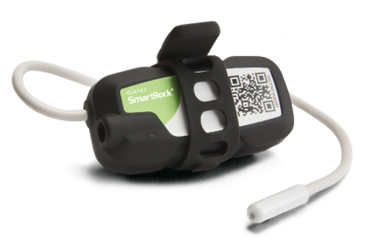
SmartRock® Long Range Savings for Big Projects
What Business Leaders Gain: Value Across the Lifecycle
The question isn’t whether these technologies are innovative. It’s whether they deliver measurable value. Here’s what you can expect:
1. Risk Mitigation
- Reduce structural failures with real-time insights
- Predict and prevent schedule delays due to unforeseen curing or maintenance issues
2. Operational Efficiency
- 40% reduction in maintenance costs
- 50% less downtime
- 30% lower labor spend through optimized scheduling
3. Sustainability and ESG Alignment
- Less material waste through better curing and process control
- Data-driven asset lifecycle management supports carbon reduction goals
4. Market Differentiation
- Demonstrate technological leadership in Request for Proposals (RFPs)
- Win client confidence with proof of quality, safety, and innovation
Midwest Formwork saved big on their concrete pours with real-time insights. Find out how!
Integrating Concrete Technologies with Predictive Systems
A suite of advanced sensing and analytics technologies creates the foundational data layer required for both digital twin modeling and predictive maintenance, delivering critical insights directly from the material level.
- Embedded sensors provide continuous monitoring of temperature, maturity, and strength gain.
- Wireless gateways ensure real-time data transmission, even from remote or complex job sites.
- Cloud-based platforms, like Giatec 360™, transform raw data into actionable insights, enabling smarter decision-making across project phases.
These technologies are not add-ons. They are the enablers of smart, predictive, and optimized infrastructure projects that align with modern expectations for performance, safety, and sustainability.
A strong example is Giatec, whose suite of smart concrete solutions—including embedded sensors, wireless connectivity, and mix management platforms—demonstrates how construction teams can harness real-time data to enable digital twins and predictive workflows at scale.
Conclusion
Digital Twins and Predictive Maintenance are more than buzzwords. They represent a fundamental shift in how infrastructure is built, maintained, and valued. For construction leaders, embracing these technologies is not just a tactical move, it’s a strategic imperative.
In an industry where margins are tight and expectations are high, data is your differentiator. The firms that can translate real-time insight into real-world action will be the ones that thrive. By adopting cutting-edge concrete technologies like digital twins and predictive maintenance, construction leaders can build smarter, safer, and more sustainable infrastructure.
Giatec is proud to be at the forefront of this transformation, enabling a smarter, safer, and more sustainable future for the built environment.
Want to learn more about our concrete technologies? Check out our webinar.

